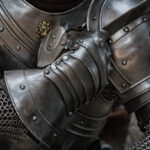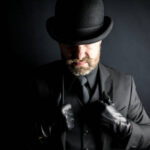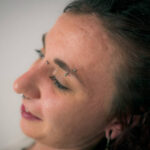Do you ever have the feeling that something is not quite right with your scalp? It could be the start of lice infestation. Checking for lice on yourself can be difficult, but it’s essential in order to properly diagnose and treat this irritating condition. When done correctly, self-examination can help you catch a potential problem before spreading to other members of your household. In this article, we will provide tips and information about how to check for lice on yourself from head to toe. We’ll highlight warning signs to look out for and prevention methods should any trace evidence present itself.
Contents
Understand The Symptoms Of Lice Infestation
What Lice And Their Eggs Look Like?
Before knowing how to check for lice on yourself, lice are tiny, wingless insects that feed on human blood and can be found in different areas of the body. They live in the hair near the scalp, eyebrows, and eyelashes – areas which provide moist surfaces for them to cling onto. Lice move quickly and reproduce rapidly so it’s important to catch any signs early on. The most common symptom would be excessive itching which is caused by their saliva entering the scalp. It can also lead to small white dots on the skin, and red patches where bites have occurred.
Why To Check For Lice On Yourself?
If left untreated, lice can spread quickly around the head and body. Thus, it’s important to check for lice on yourself regularly to ward off infestation. This is especially true if you have recently been in contact with someone who may have had lice or if you have shared clothing or bedding. If you come into contact with these items, it is wise to inspect yourself for signs of lice as soon as possible.
How To Check For Lice On Yourself?
Knowing how to check for lice on yourself for lice on yourself can be done in the comfort of your own home. All you need is a bright light, a few mirrors, and a fine-toothed comb. The first step is to inspect your scalp by parting sections of hair and using the mirror to check each individual area. Then use the comb to slowly run through small sections of hair, beginning near the scalp and working your way outwards. Lice eggs can be identified by their small white oval shape and will stick to strands of hair like glue. Similarly, adult lice may appear as black or gray specks that crawl quickly through the hair.
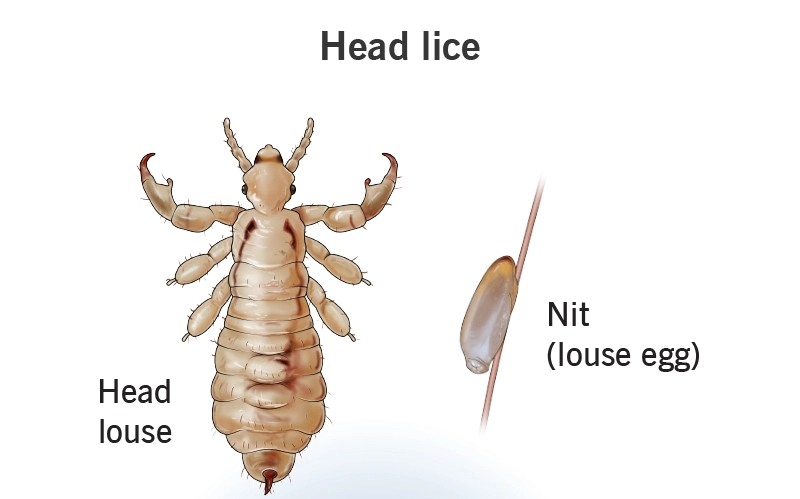
How To Divide The Hair Into Sections To Check For Lice?
Dividing your hair into small sections is the best way how to check for lice on yourself. Start by holding a small section of hair and then using the comb to separate it from the larger mass. Continue this process until all of your hair has been divided into smaller sections that can be easily examined with a mirror. Use a bright light to help you see any signs of lice.
How To Use A Fine-Toothed Comb To Look For Nits On The Scalp?
Using a fine-toothed comb is the best way to look for nits, which are lice eggs. Start at the scalp and gently move the comb through each section of hair. Keep an eye out for small white shapes that may be stuck to strands of hair. If you find any, remove them with tweezers or your fingernails (if possible) and dispose of them in a sealed bag.
Why To Check Any Towels, Fabrics Or Clothing To Check For Lice?
Because lice can easily spread through contact with fabrics and clothing, it is important to check any towels, bedding or clothing for signs of infestation. Inspect each item closely and look for adult lice or nits that may be hiding in the fibres. If you find any evidence of lice, wash all items in hot water (over 60 degrees Fahrenheit) and dry them on the highest heat setting.
Why To Wash Bedsheets With Hot Water To Remove Any Live Lice?
It is especially important to wash bedsheets in hot water when checking for lice on yourself. Heat kills any live lice and eggs, so if you find evidence of infestation it’s best to remove all sheets from the bed and wash them straight away. Be sure to use a detergent that is safe for natural fabrics, and check the manufacturer’s instructions before washing.
Why To Consider Using Natural Home Remedies To Kill Lice?
If you find any signs of lice on yourself, it’s best to consult a doctor or pharmacist about the best treatment methods. They may suggest over-the-counter medications as well as natural remedies such as lemon juice or apple cider vinegar which can help kill lice eggs and larvae. Be sure to follow all instructions carefully and always keep your scalp clean and dry.
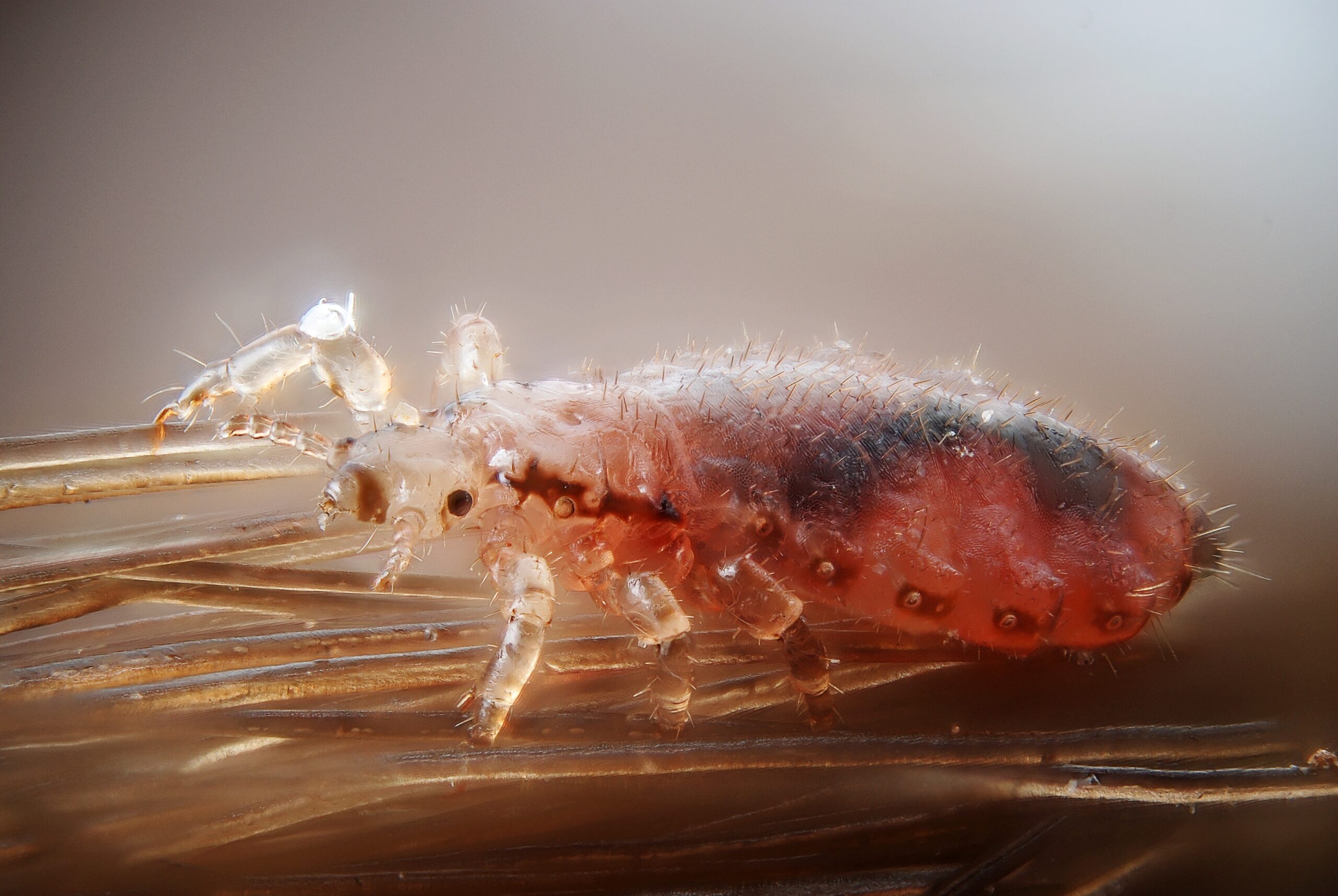
What Are Pros And Cons To Check For Lice On Yourself?
Pros
– Self-examination is a fast and efficient way to check for lice on yourself.
– It can help catch any potential problems early before spreading to other people.
– Checking your scalp regularly can decrease the likelihood of infestation.
Cons
– It can be difficult to accurately identify signs of lice without professional assistance.
– In some cases, self-examination may not be enough to completely eradicate infestation.
– If left untreated, lice can spread quickly and cause serious health issues.
What Are Tips To Check For Lice On Yourself?
To check for lice on yourself, it is important to:
– Part your hair into sections and use a mirror to inspect each area.
– Use a fine-toothed comb to search for nits or adult lice.
– Look for white oval shapes that may be stuck to strands of hair.
– Check any clothing or fabrics for signs of infestation.
– Wash bedsheets in hot water to remove any live lice.
– Consider using natural home remedies to kill lice eggs and larvae.
– Consult a doctor or pharmacist for professional advice.
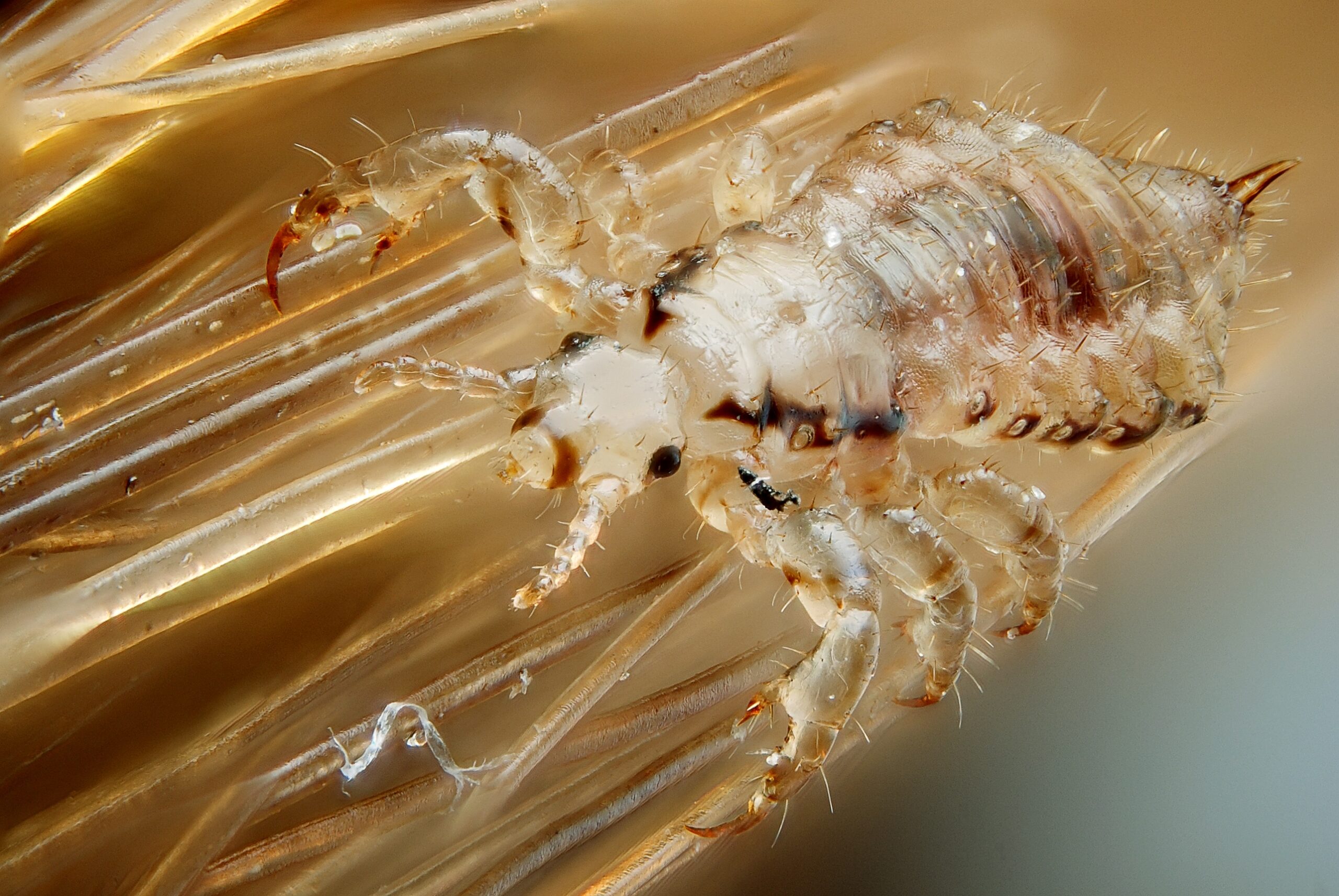
Conclusion: How To Check For Lice On Yourself?
Checking for lice on yourself is an important step to prevent infestation and keep your scalp healthy. Make sure to part your hair into sections and use a bright light and mirror to check each area for signs of lice. A fine-toothed comb can be used to search for nits or adult lice, while any clothes or fabrics should be checked for infestation. Finally, it’s important to consult a doctor or pharmacist for professional advice if signs of lice are found. Thank you for reading “how to check for lice on yourself?”.
FAQs: Lice
Can you feel lice with your fingers?
While some people might not feel lice crawling on their scalp, there are common symptoms to watch out for. According to Dr. Garcia, most patients don’t feel anything, but some experience an unsettling tickling sensation as the lice move around. Learn how to identify these signs and find effective treatment options.
How do you check your body for lice?
Discovering eggs and insects on the skin or seams of clothing is the telltale sign of a body lice infestation. Although they are sizable enough to be identified by the human eye, occasionally a magnifying lens may be required to locate lice or nits. It’s not uncommon to see body lice crawling or feeding on the skin of affected individuals.
Why do I feel like I have lice but I don’t?
Psychosomatic itching is a real physical condition that stems from emotional anxiety, according to psychologist Juli Fraga. Despite being labeled as a “hysterical condition,” this affliction should not be dismissed as anything less than genuine.
What does lice feel like when you touch it?
Lice, minuscule parasites, spread through contact and shared items such as hairbrushes and hats. Common symptoms include persistent itching and tickling sensations.
Do lice go away on their own?
Head lice don’t disappear on their own – swift action is necessary. Should you suspect your child has an infestation, it’s crucial to take several steps right away: first, get confirmation of the diagnosis from your doctor. Additionally, notifying your child’s day care or school is essential so other students can be examined.
How long can head lice go undetected?
When lice first arrive in your hair, you may not notice scalp itching right away. In fact, it can take several weeks for lice to multiply and cause symptoms of itchiness. If you’re experiencing scalp itching, it’s important to recognize that this may be a sign of lice exposure that occurred several weeks earlier. Watch for other symptoms, and seek treatment promptly to effectively manage lice infestations.
What kills lice?
To ensure complete elimination of head lice and nits from items, it is crucial to clean them at a temperature above 130°F. This method is effective in washing, soaking, or drying. If washing isn’t an option, consider dry cleaning instead as it too eliminates head lice and nits. To avoid any further infestations, only clean items that have made contact with the infested person’s head within the 48 hours before treatment. Say goodbye to head lice and nits using the most effective cleaning methods available.
Who is at risk for getting lice?
Contrary to popular belief, anyone can contract head lice – it’s not exclusive to the unclean. In fact, most people are unaware of an infestation until they stumble upon nits or lice. It’s a widespread issue, with children being the most common victims. Learn the truth about head lice and understand how to prevent and treat them.
What does a lice bite look like?
Lice bites can occur anywhere on the scalp where the parasites are feeding, but they tend to favor warmer areas like the back of the head and behind the ears. Infected bites are characterized by small pink or reddish bumps, and excess scratching of these bites can lead to further complications. This guide will provide you with essential tips on identifying and treating lice bites.
What happens if you ignore lice?
Neglecting head lice can lead to deteriorating symptoms, as the infestation spreads rapidly from one host to another. Consistent feeding on the scalp will aggravate the itching and discomfort, causing more distress. Furthermore, ignoring this problem will allow the lice to multiply considerably, resulting in increased egg-laying and a higher probability of reinfestation. Don’t let this issue escalate – take prompt action.
Why is my head itchy but no lice?
Experiencing an unbearably itchy scalp without any visible rash or skin irritation might be an indication of a nerve problem. Medically referred to as neuropathy, this condition occurs as a result of nerve damage, disease or abnormality. Consult with your doctor to diagnose and treat this troublesome condition.

Trayce served as a grassroots leader and activist in Texas as President of Dallas and Texas Eagle Forum.
Trayce is Mom Caucus Member, Texas Conservative Mamas, Texas Conservative Grassroots Coalition Leader, and Grassroots America Champion of Freedom Honoree.
She currently serves as the Eagle Forum National Issues Chair on Human Trafficking.
Trayce received a Bachelor’s Degree in Marketing from Texas A&M
Currently, she homeschools her youngest child age 13 and graduated her six oldest children, ages 31 to 19.


